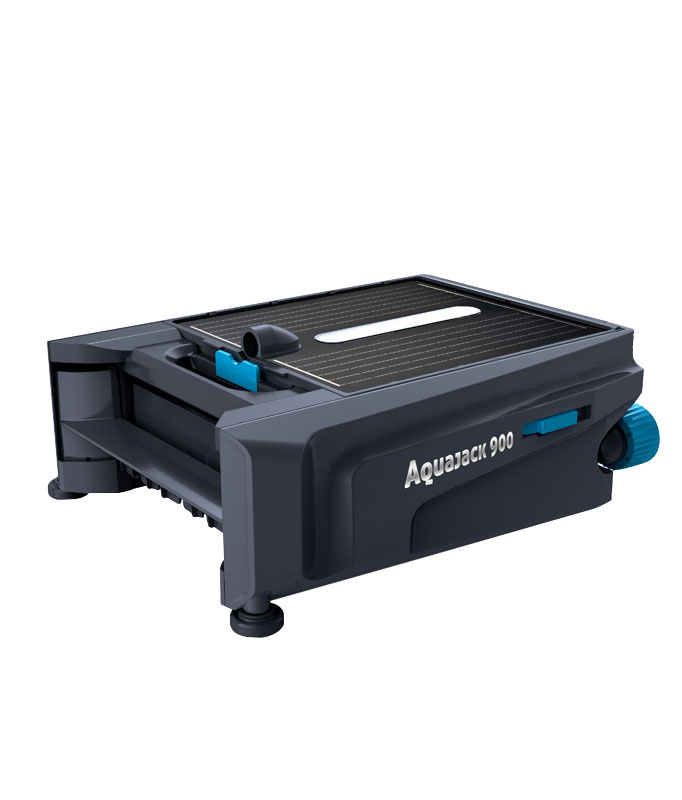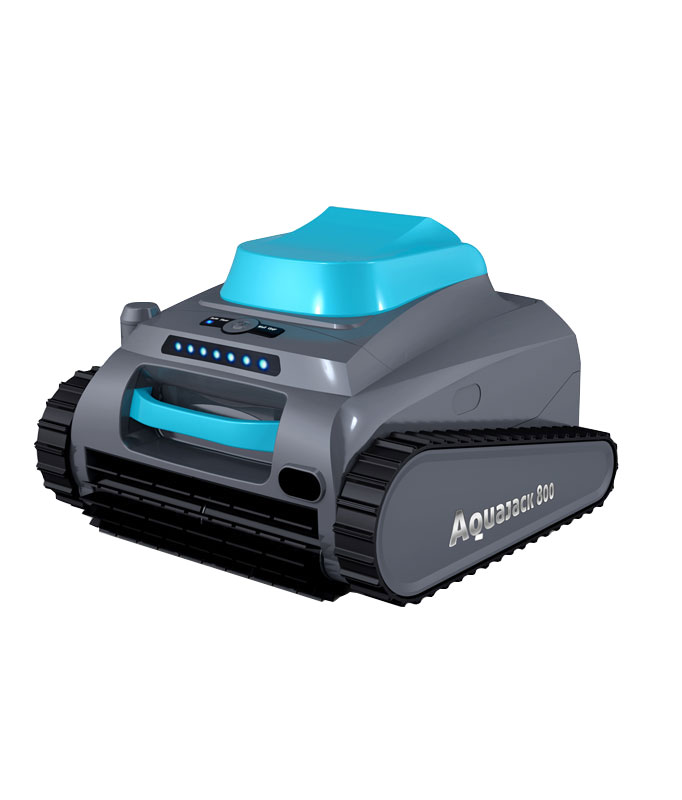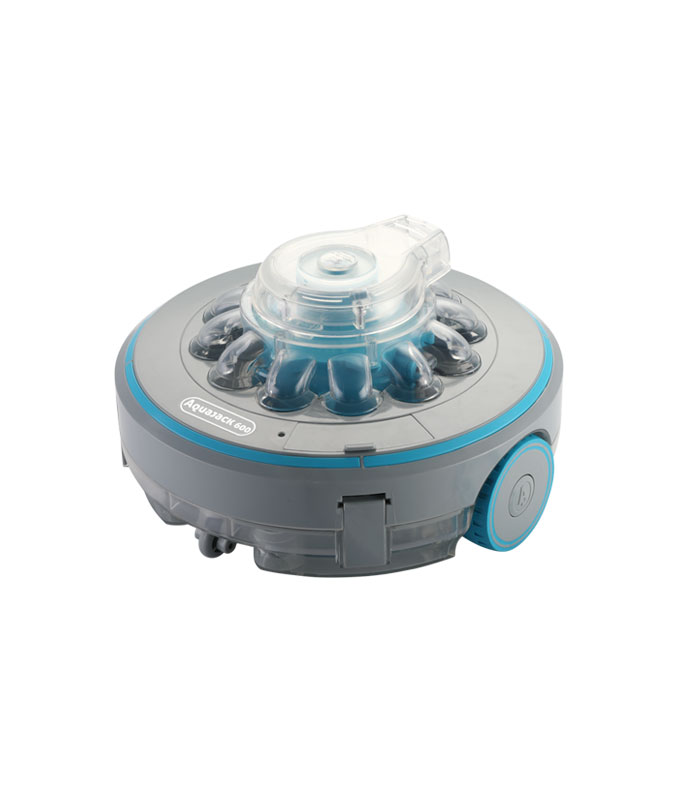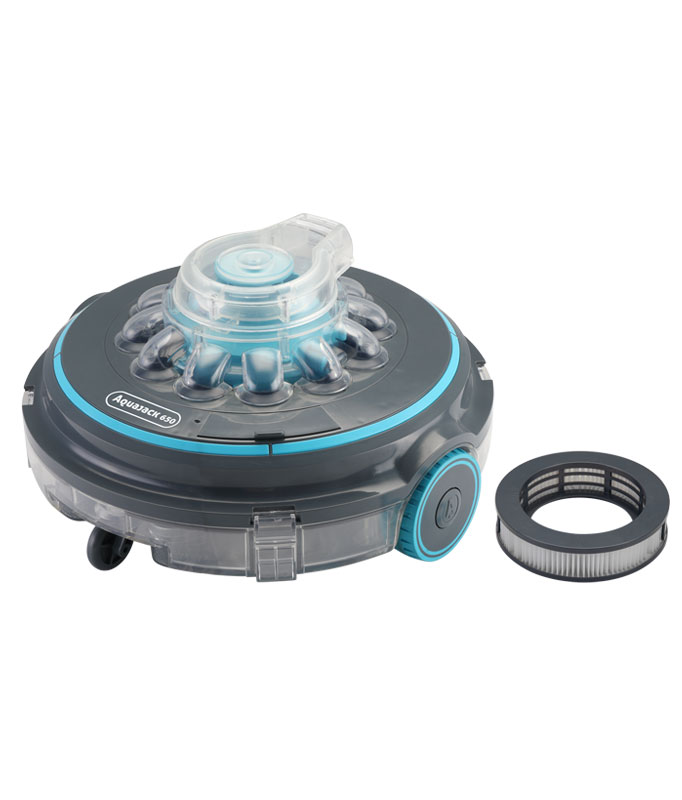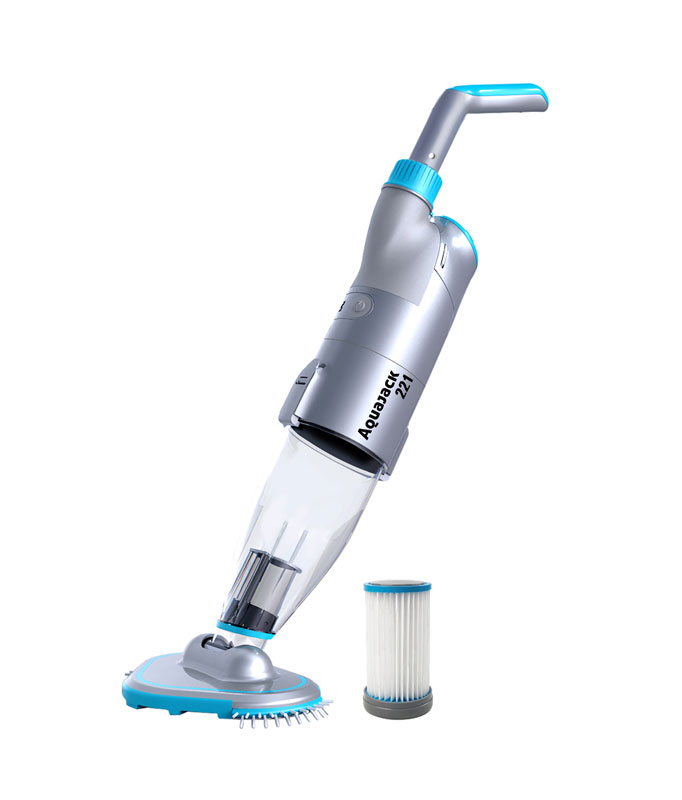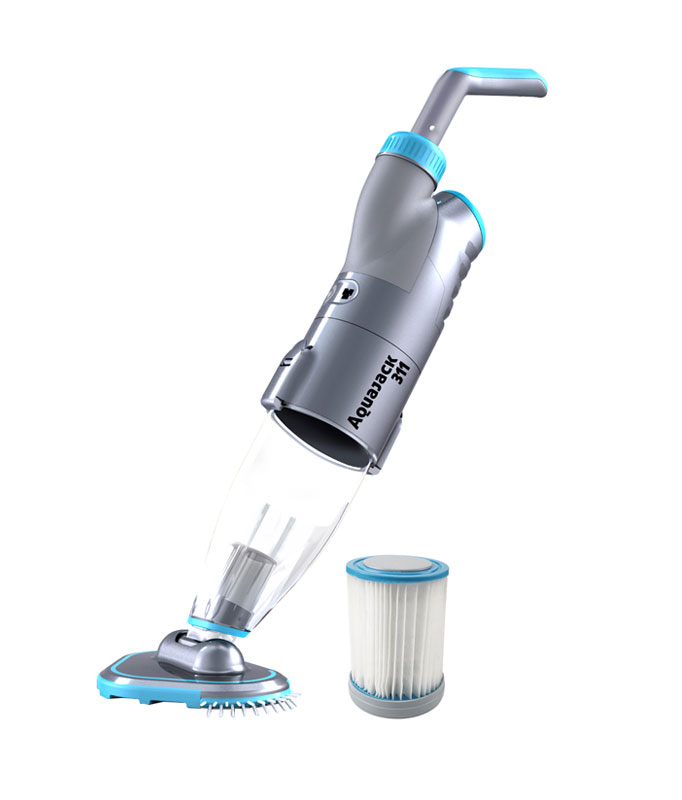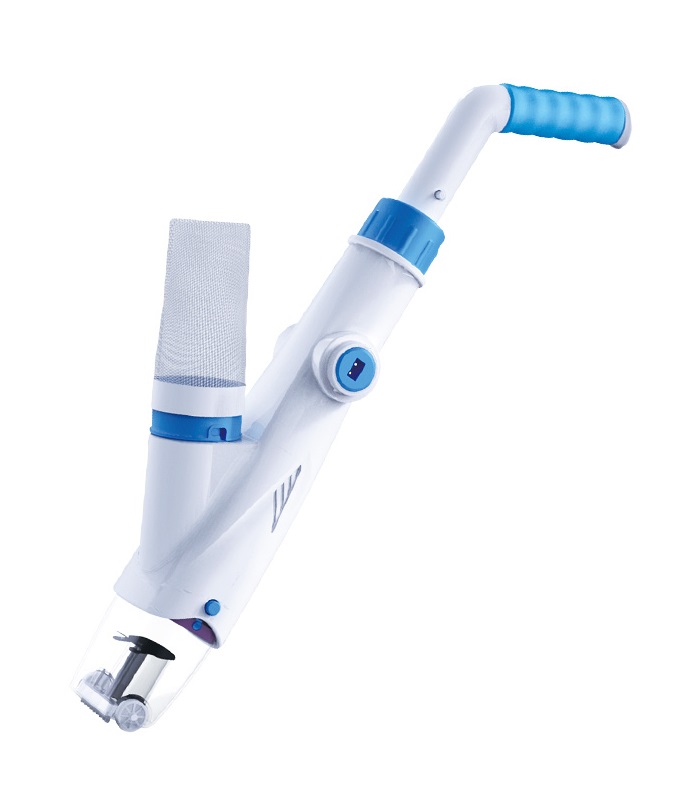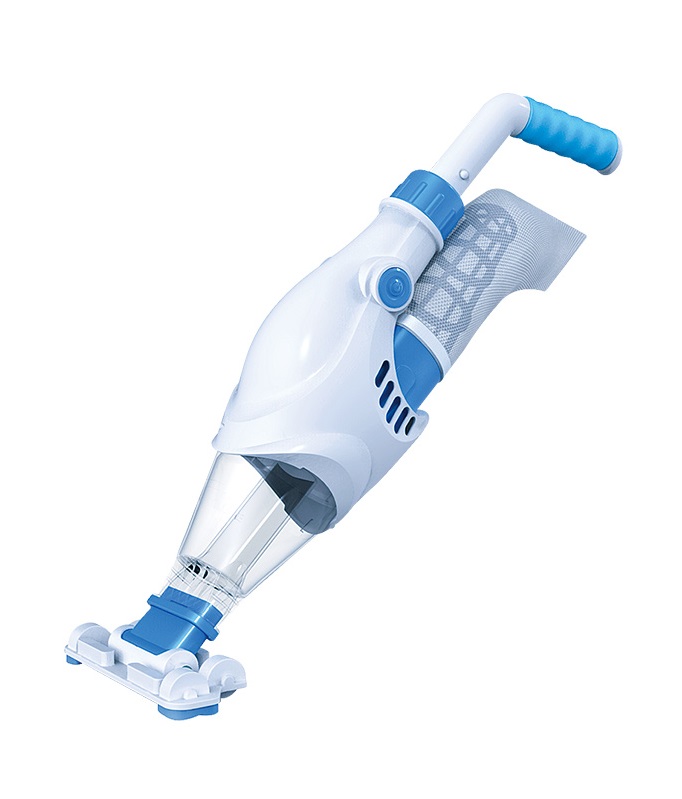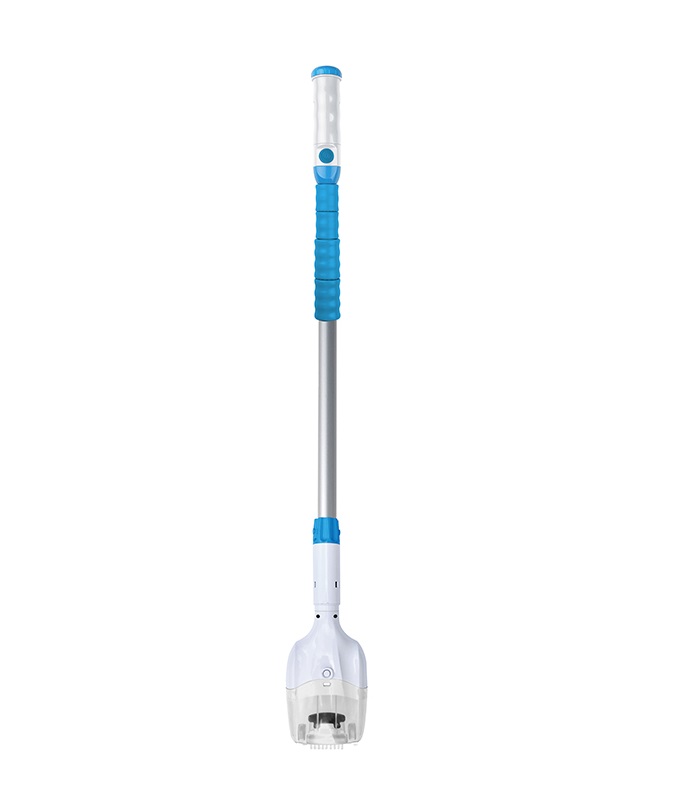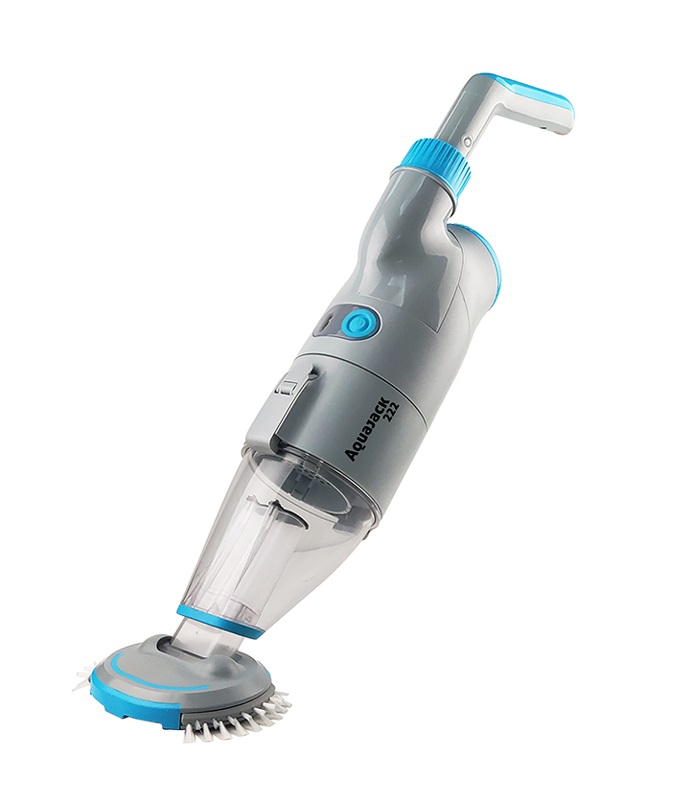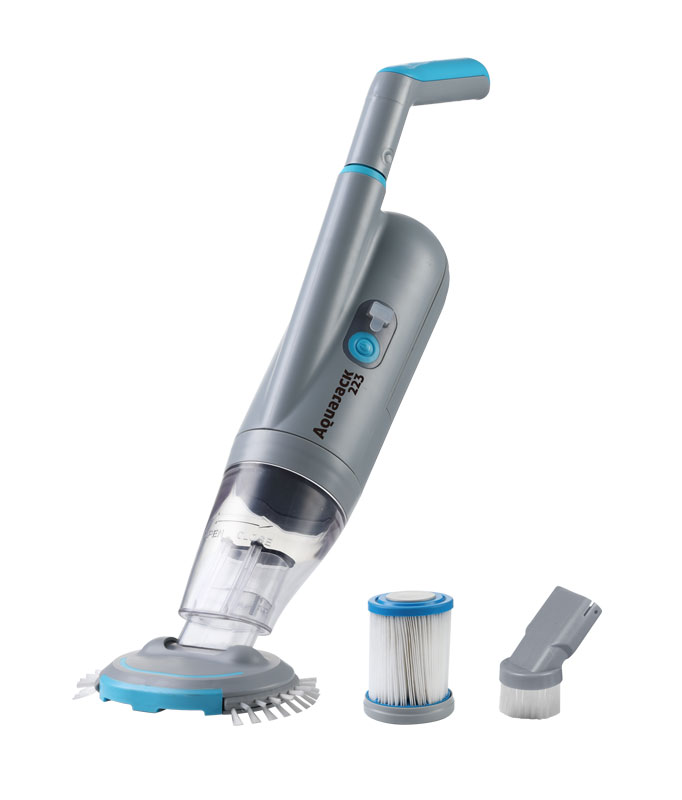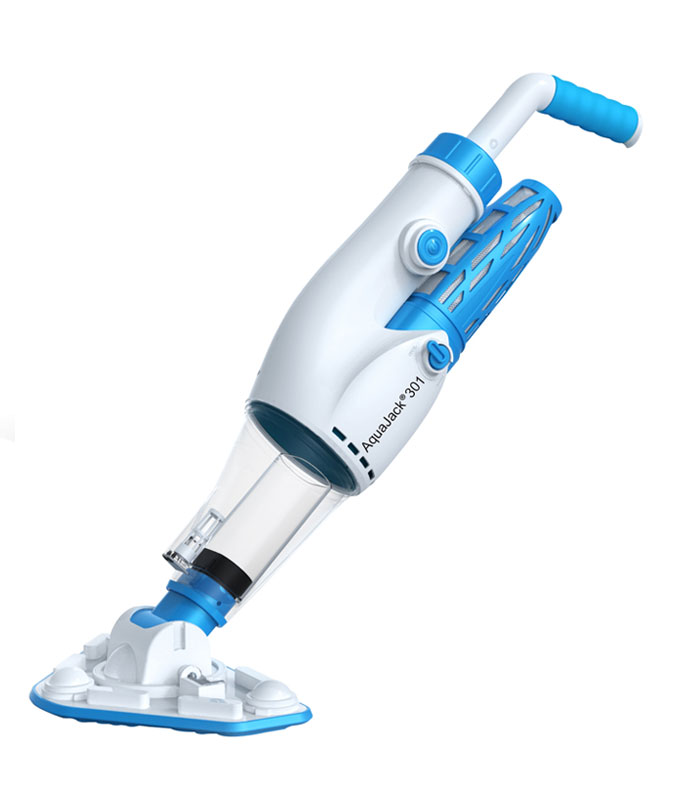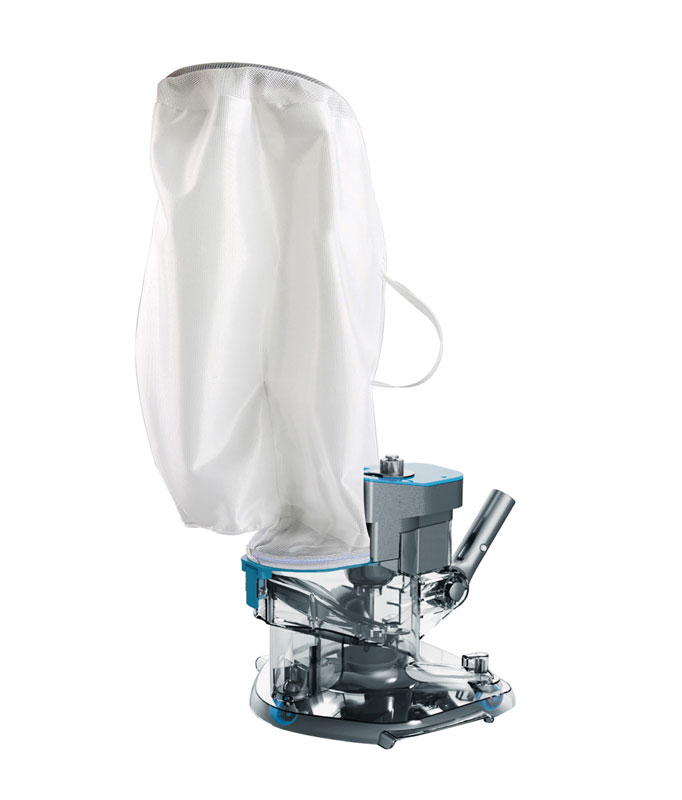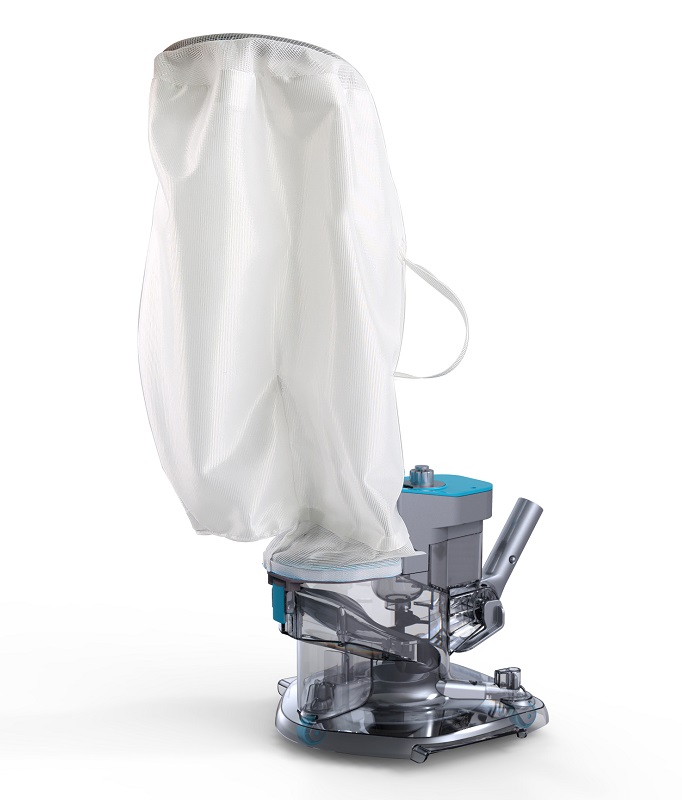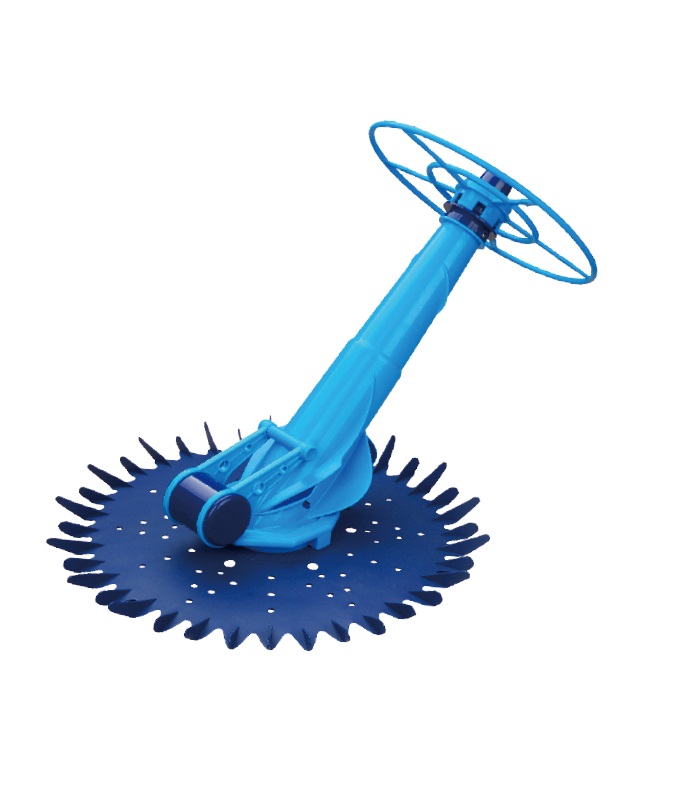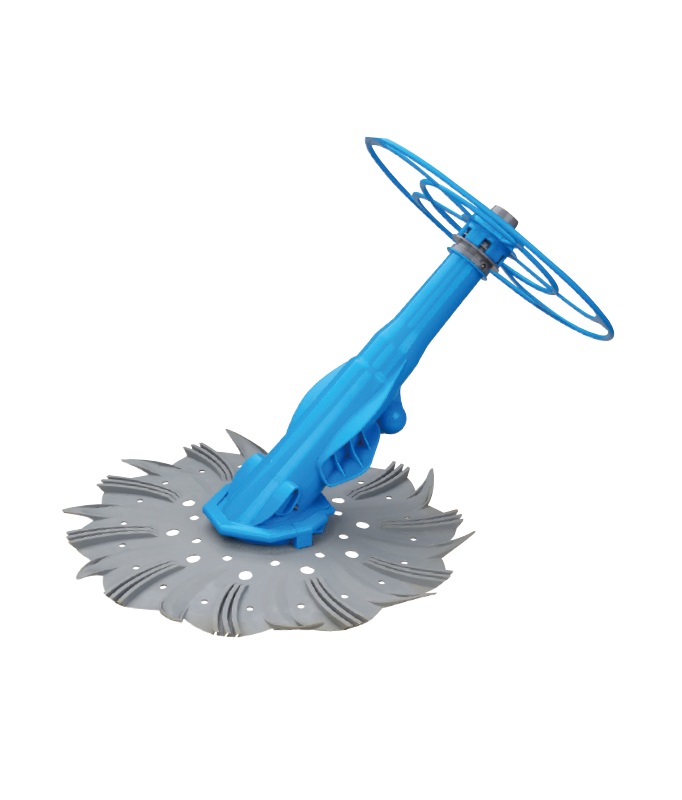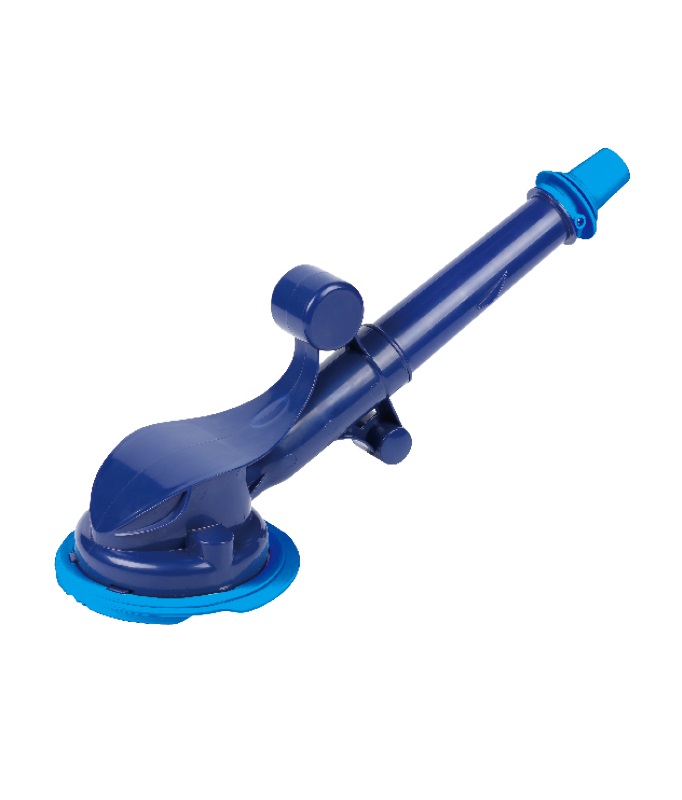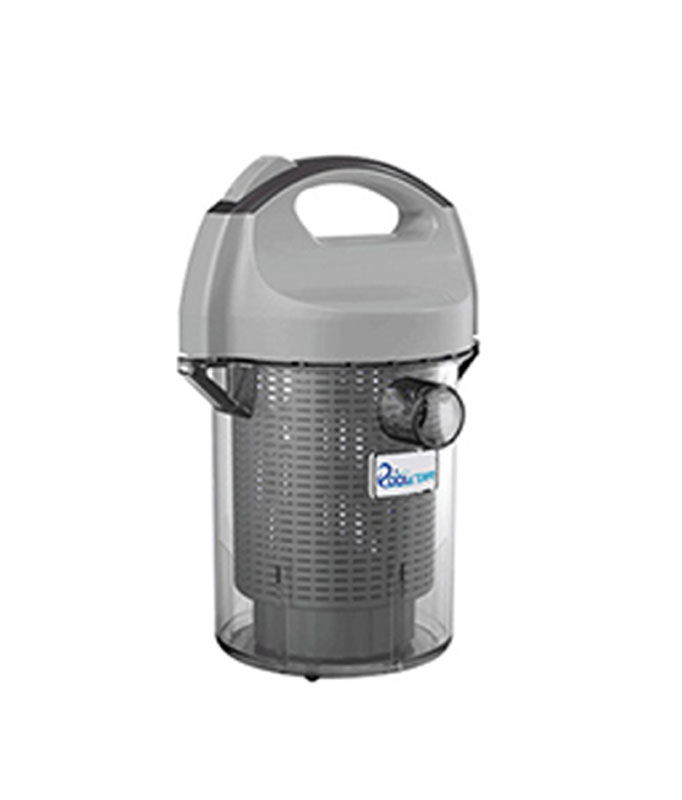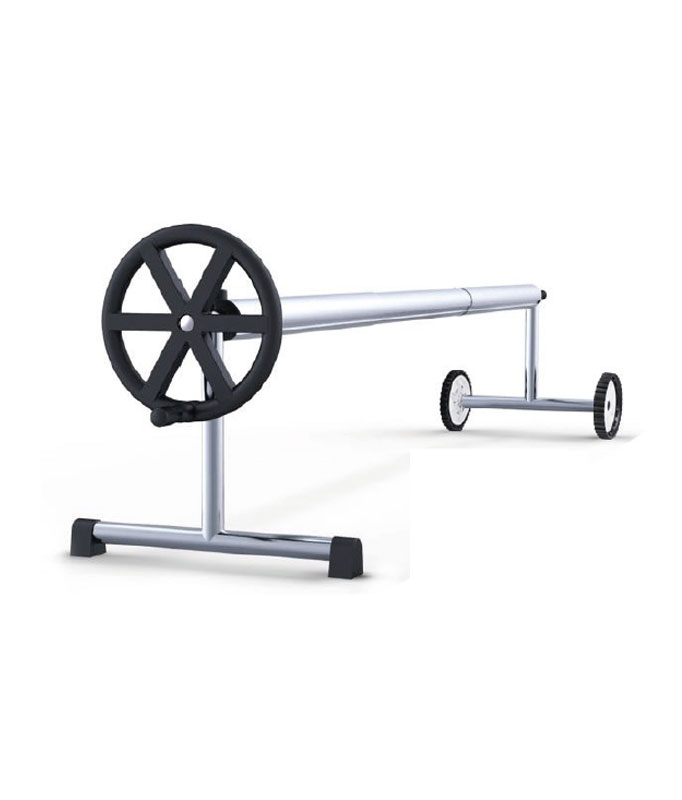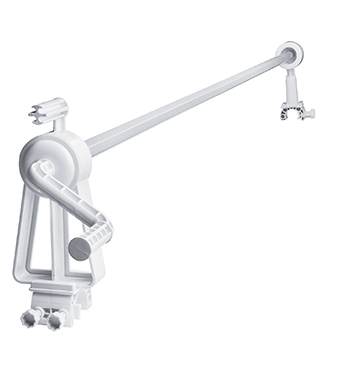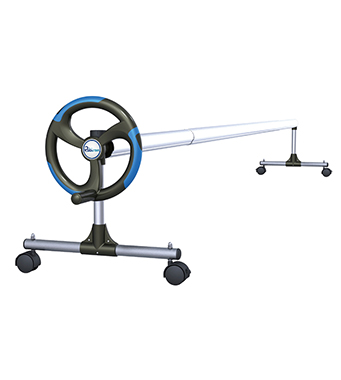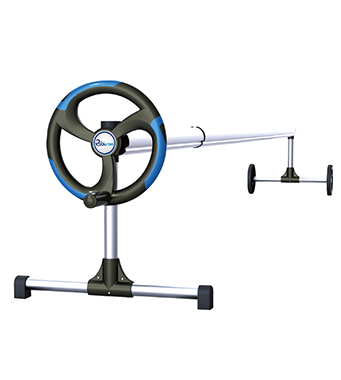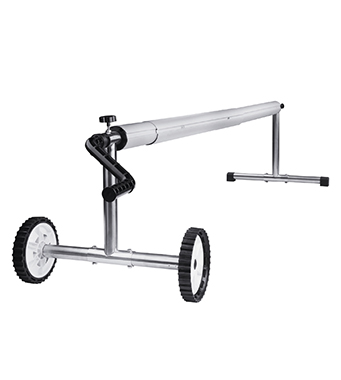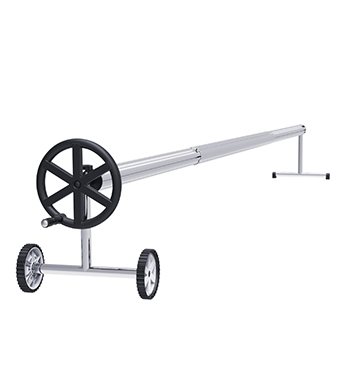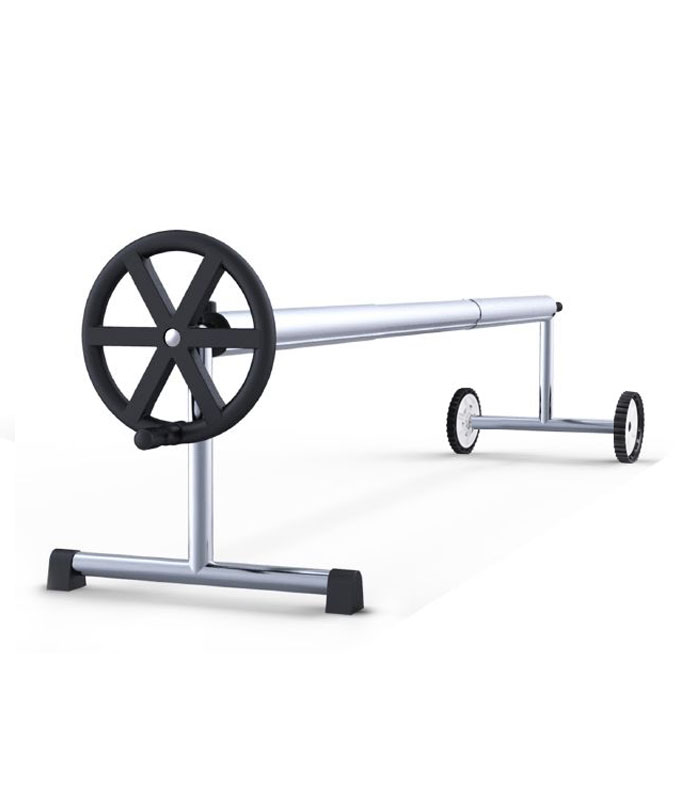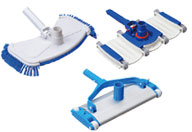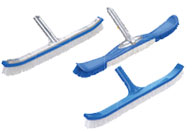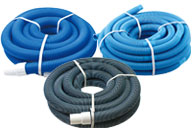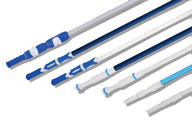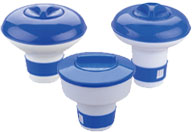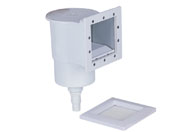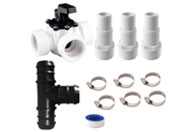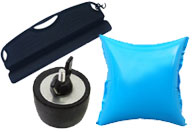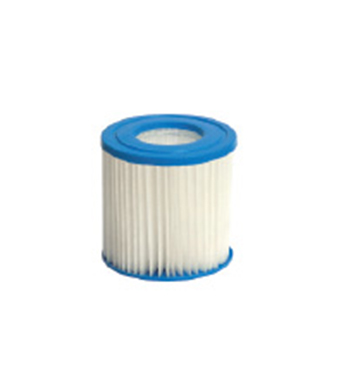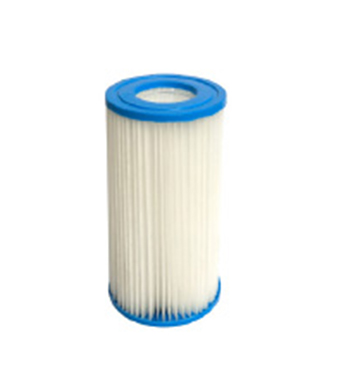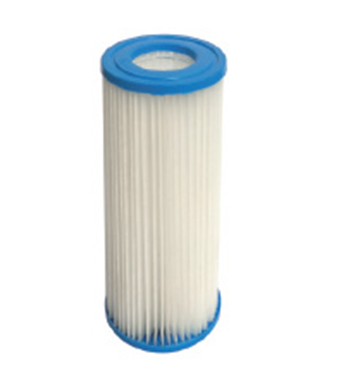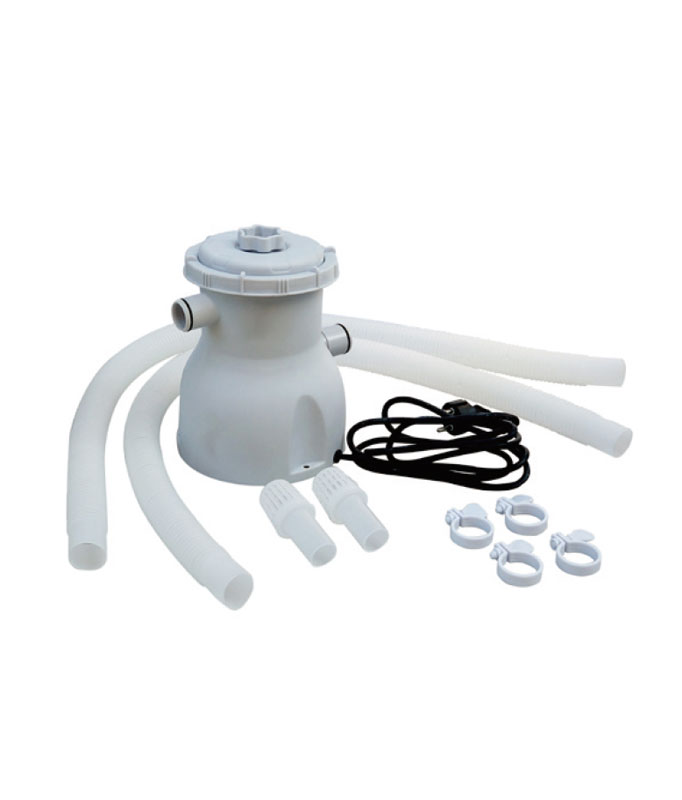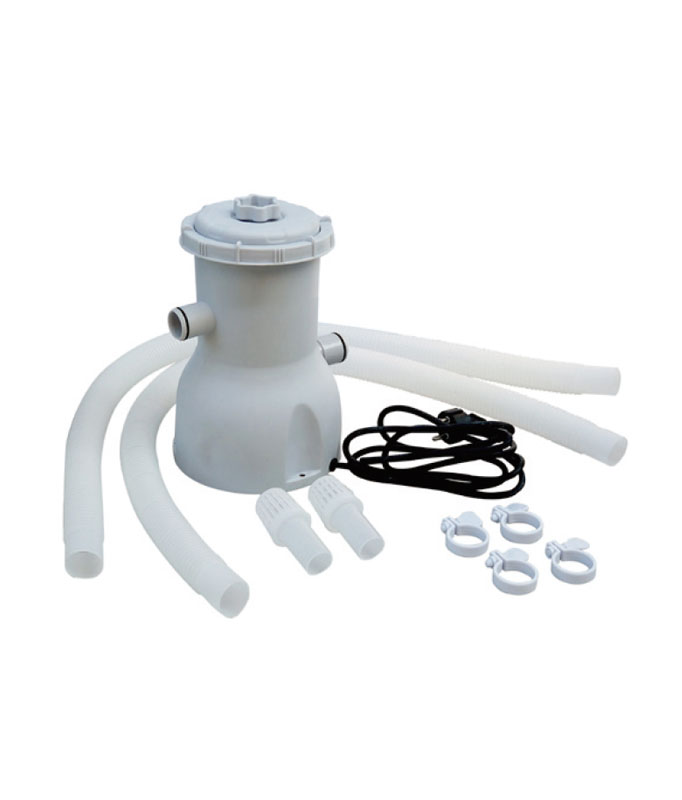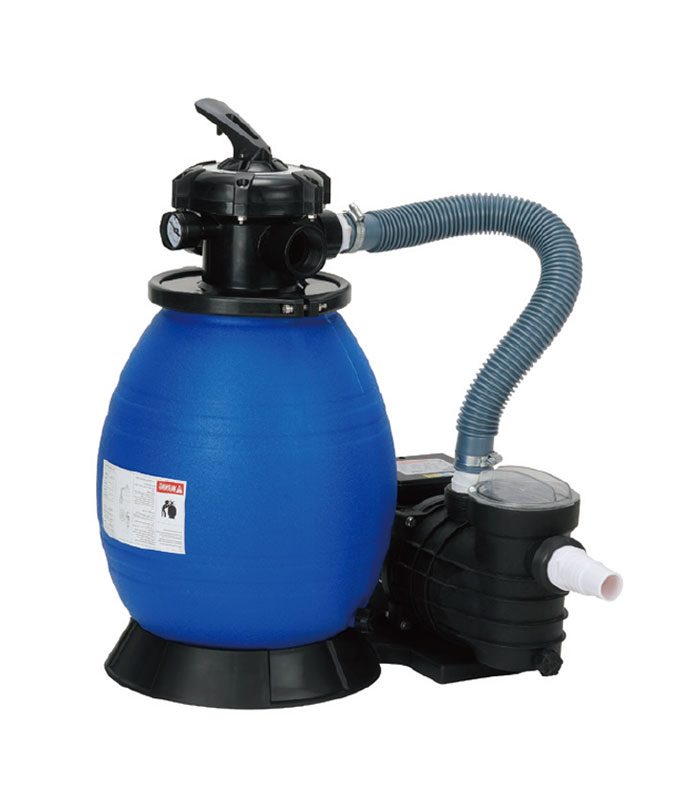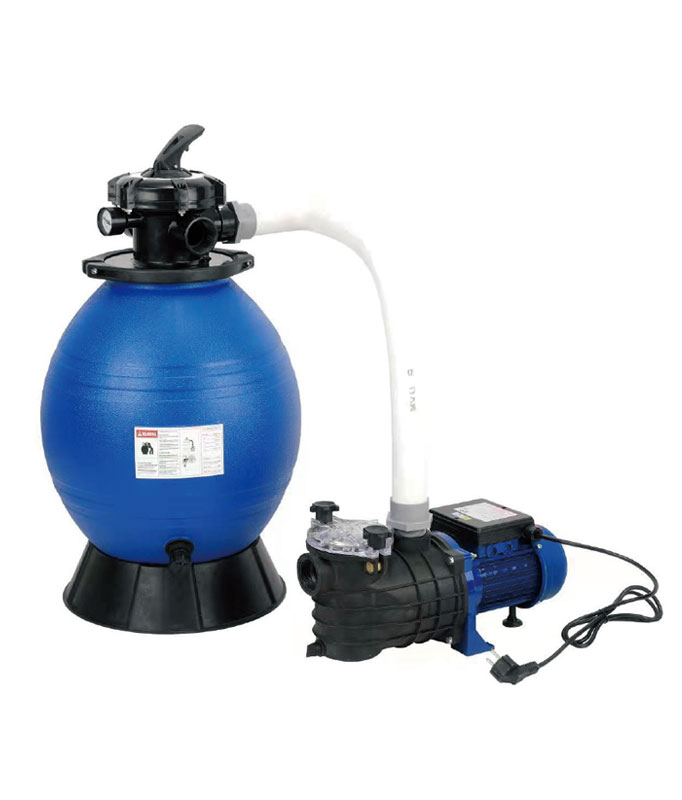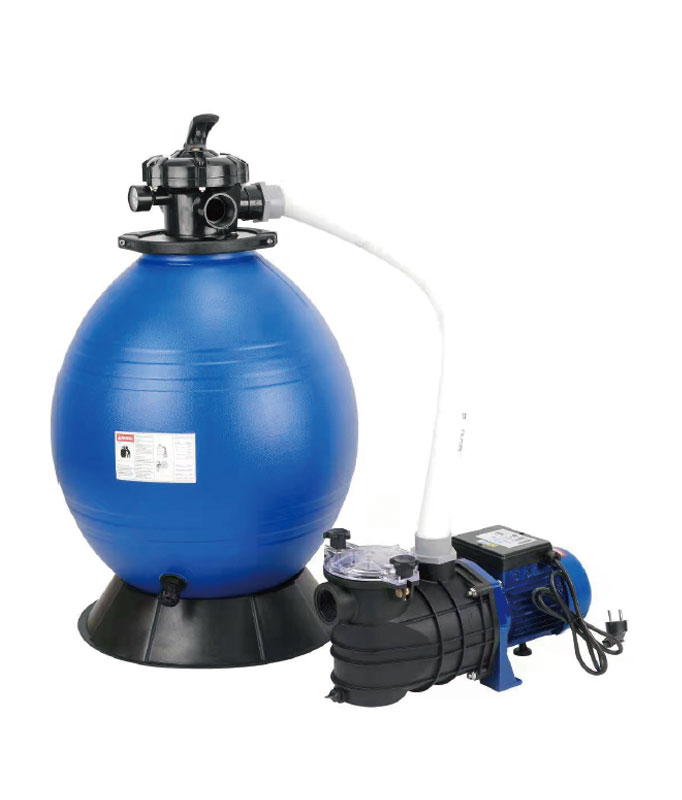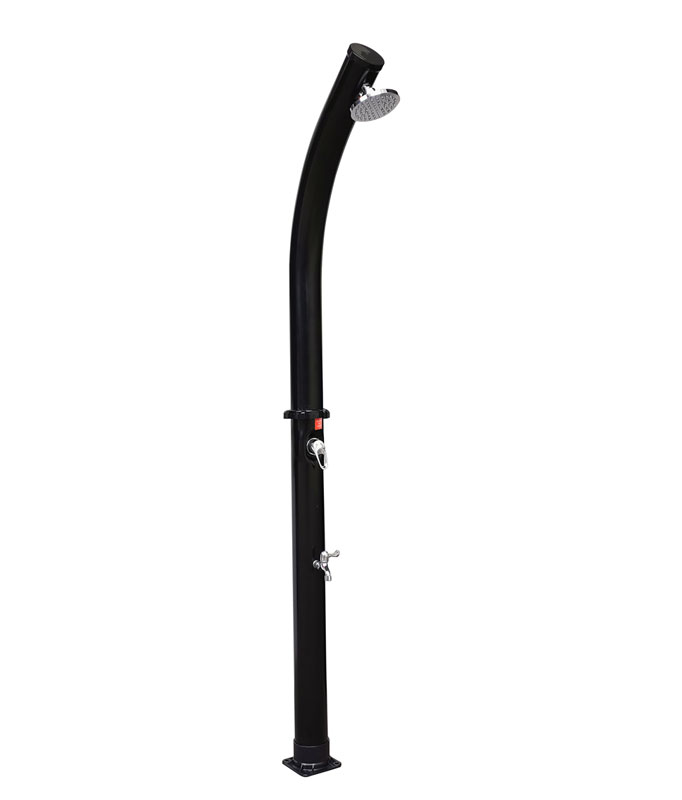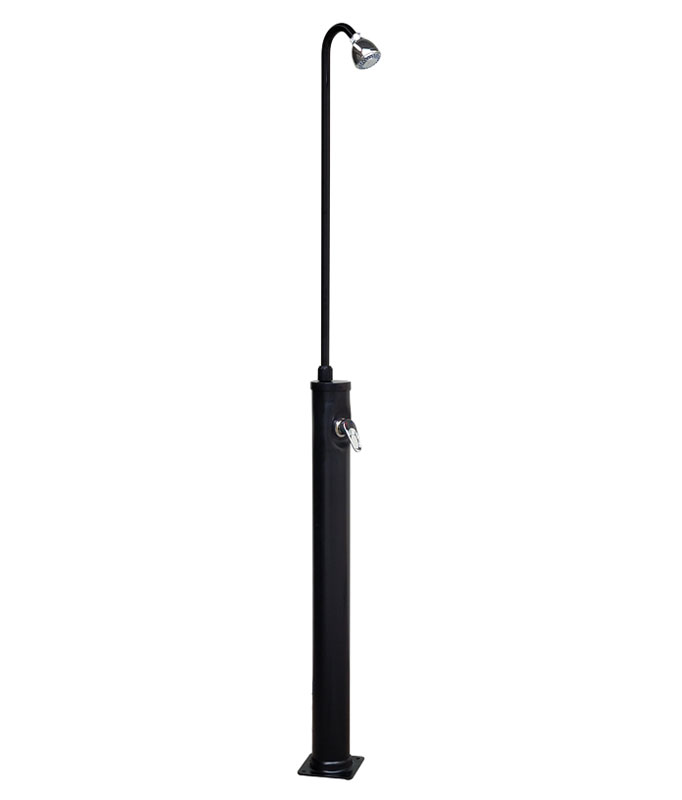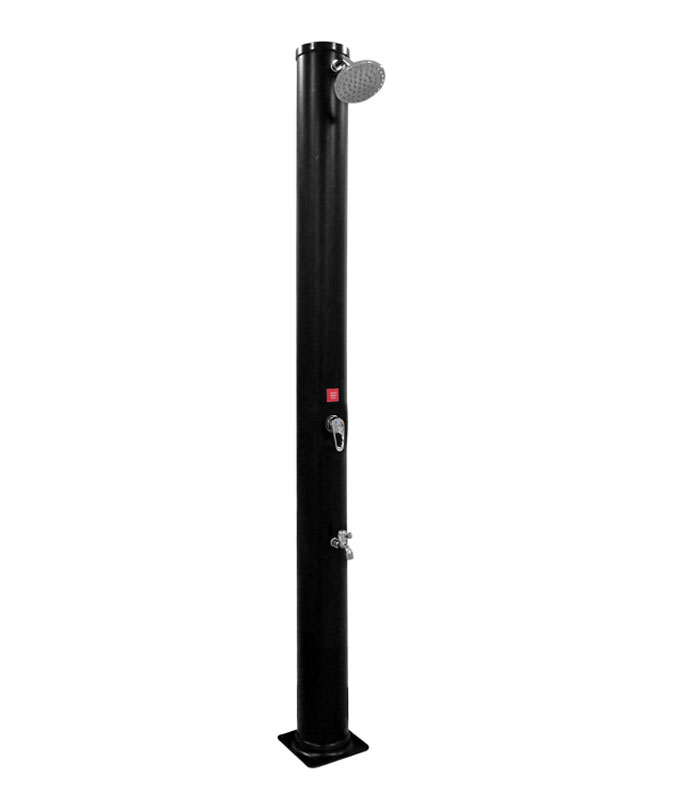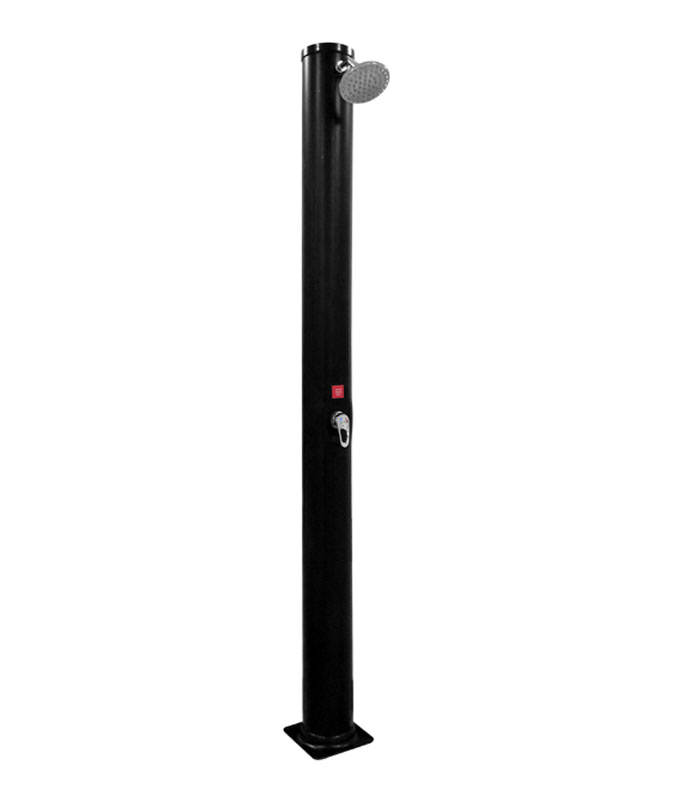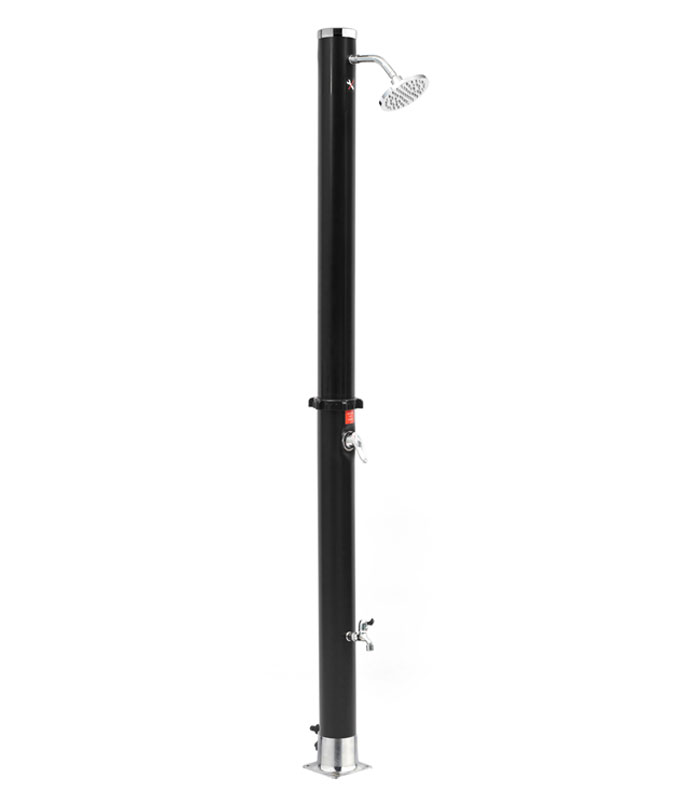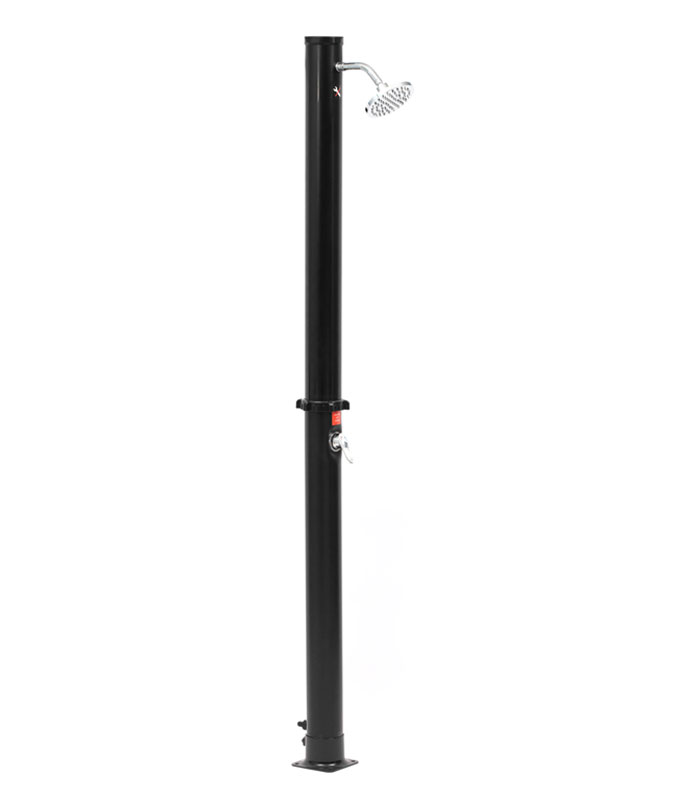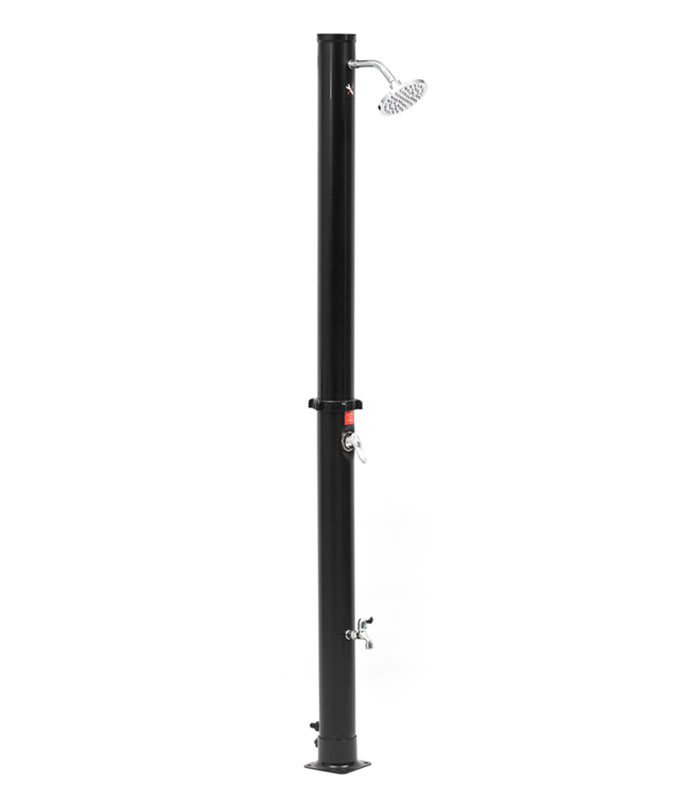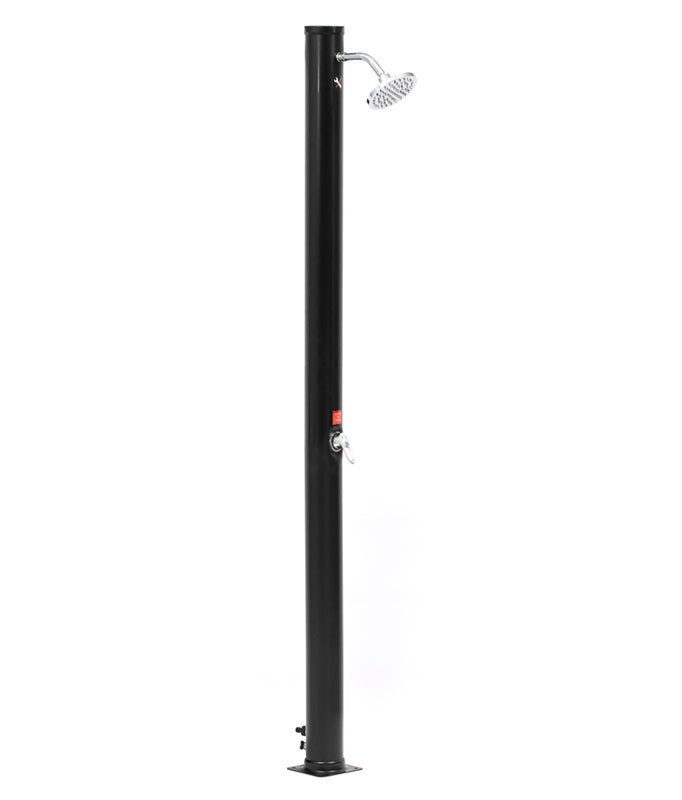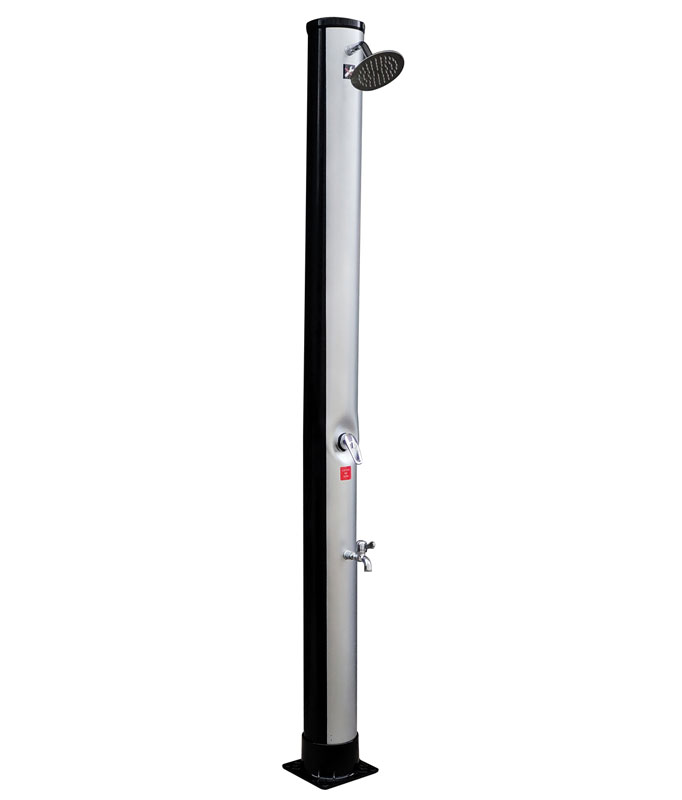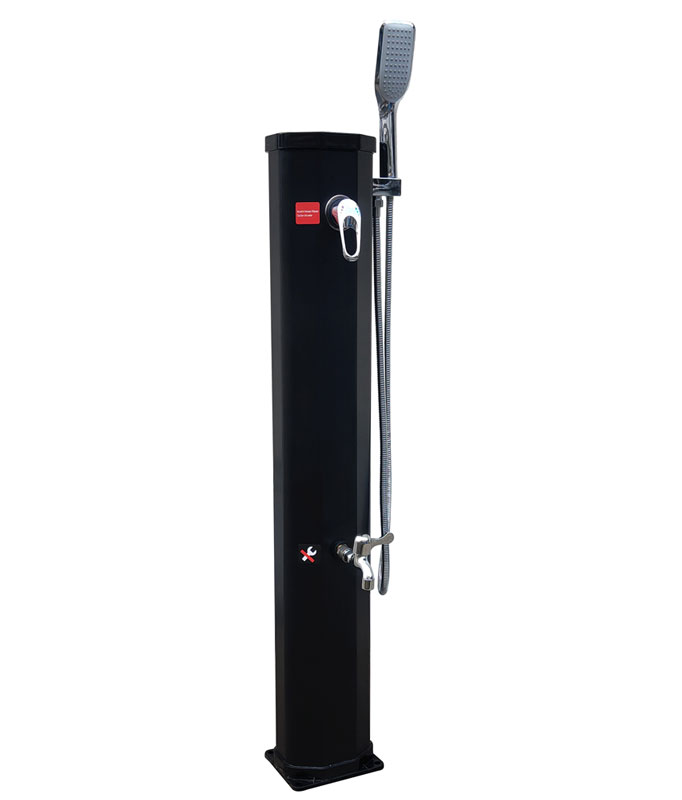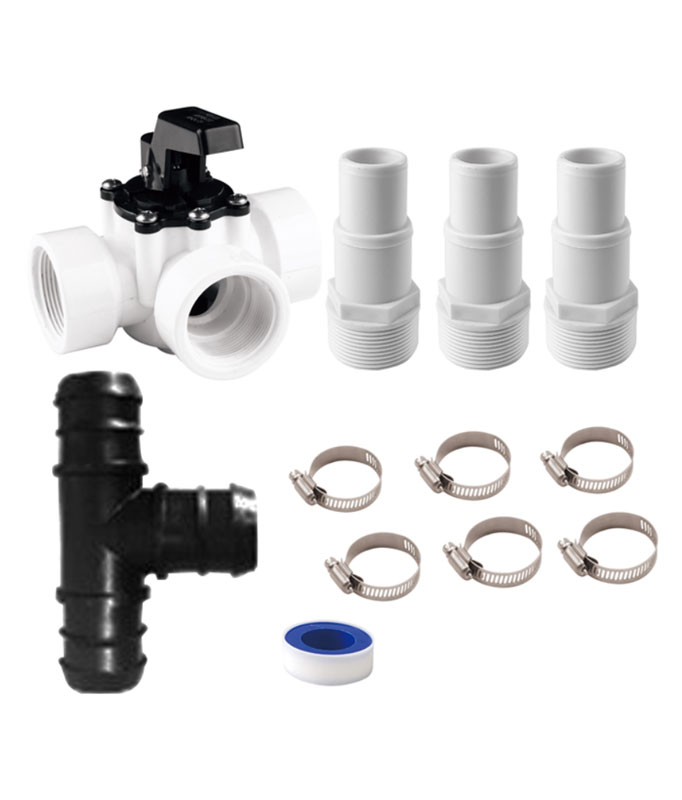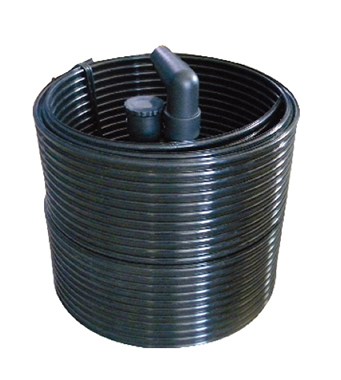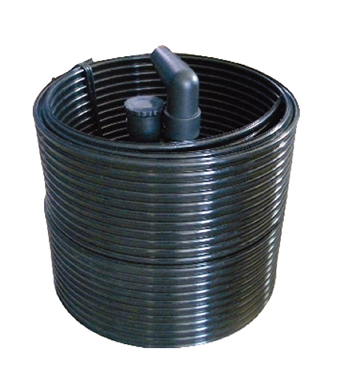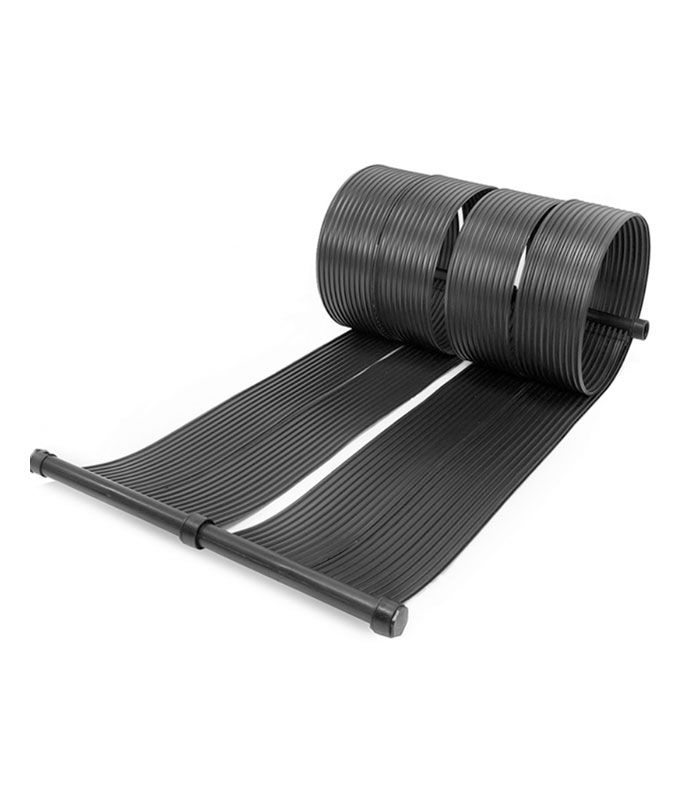Advancements in multi-layer filtration technology have revolutionized how you protect and enhance equipment performance. Innovations like nanotechnology and smart filtration systems offer precise contaminant removal. Advanced materials ensure durability under extreme conditions. By adopting these technologies, you achieve greater efficiency and longevity in your equipment. Learn The Future of Multi-Layer Filtration: Enhance Equipment Performance by exploring these cutting-edge solutions. For instance, products like the cordless pool vacuum cleaner at https://www.cnpoolstar.com/product/p1156-cordless-pool-vacuum-cleaner-365.html embody these advancements.
Key Takeaways
- Filters with many layers clean better than single-layer ones. This makes machines work better and stay cleaner.
- Smart filters have sensors to check how well they work. They send alerts for repairs, keeping them efficient and saving energy.
- Stronger materials in filters last longer and need fewer repairs. This helps your machines work longer without breaking down.
Key Innovations in Multi-Layer Filtration Technology

Nanotechnology in Filtration
Nanotechnology has transformed filtration systems by enabling the removal of even the smallest contaminants. With filters designed at the nanoscale, you can achieve precision that was once unimaginable. These filters trap particles as small as viruses, ensuring cleaner air, water, or oil.
For example, nanofiber membranes are now widely used in industrial and medical applications. They offer high permeability while maintaining excellent filtration efficiency. This means you can enjoy better performance without sacrificing flow rates.
Did you know? Nanotechnology-based filters are also more durable, reducing the need for frequent replacements. This directly contributes to The Future of Multi-Layer Filtration: Enhance Equipment Performance, as your equipment stays protected for longer periods.
Smart Filtration Systems
Smart filtration systems bring intelligence to the process. These systems use sensors and IoT (Internet of Things) technology to monitor filter performance in real time. You can receive alerts when a filter needs cleaning or replacement, ensuring optimal operation at all times.
Imagine a system that adjusts its filtration level based on the type of contaminants detected. This adaptability not only improves efficiency but also reduces energy consumption. For instance, in HVAC systems, smart filters can optimize airflow while maintaining air quality.
- Key Benefits of Smart Filtration Systems:
- Real-time monitoring for proactive maintenance.
- Reduced downtime due to predictive alerts.
- Enhanced energy efficiency through adaptive filtration.
By integrating smart systems, you can further explore The Future of Multi-Layer Filtration: Enhance Equipment Performance, as these innovations minimize wear and tear on your equipment.
Advanced Materials and Coatings
The development of advanced materials has pushed the boundaries of what filtration systems can achieve. Materials like graphene, ceramic composites, and metal-organic frameworks (MOFs) offer superior strength and chemical resistance. These properties make them ideal for harsh environments, such as industrial plants or aerospace applications.
Coatings also play a crucial role. Hydrophobic or oleophobic coatings, for instance, prevent clogging by repelling water or oil. This ensures that your filters maintain their efficiency over time.
Tip: Using advanced materials and coatings not only enhances filtration performance but also reduces maintenance costs. This is another way The Future of Multi-Layer Filtration: Enhance Equipment Performance becomes a reality for you.
By leveraging these innovations, you can protect your equipment from damage, improve its efficiency, and extend its operational lifespan.
The Future of Multi-Layer Filtration: Enhance Equipment Performance
Enhanced Contaminant Removal
Multi-layer filtration systems excel at removing contaminants that single-layer filters often miss. Each layer targets specific particle sizes, ensuring thorough filtration. For example, the outer layer captures larger debris, while inner layers focus on microscopic particles like dust, bacteria, or even viruses. This layered approach ensures your equipment operates in a cleaner environment, reducing the risk of damage caused by contaminants.
You benefit from enhanced contaminant removal in several ways:
- Improved operational efficiency: Clean systems work more effectively, delivering consistent performance.
- Reduced maintenance needs: Fewer contaminants mean less wear and tear on critical components.
- Longer intervals between filter replacements: High-efficiency filters last longer, saving you time and money.
By understanding how these systems work, you can see The Future of Multi-Layer Filtration: Enhance Equipment Performance in action. Cleaner equipment not only performs better but also requires less frequent servicing, giving you peace of mind.
Prolonged Equipment Lifespan
Contaminants like dirt, oil, and moisture can degrade your equipment over time. Multi-layer filtration systems act as a shield, preventing these harmful substances from reaching sensitive components. This protection directly contributes to extending the lifespan of your machinery.
For instance, in industrial applications, filters with advanced materials can withstand extreme temperatures and pressures. This durability ensures that your equipment remains protected even in the harshest conditions. Similarly, in automotive systems, multi-layer filters keep engines free from harmful particles, reducing the likelihood of costly breakdowns.
Tip: Regularly monitoring and replacing filters ensures optimal performance. This simple step helps you maximize the benefits of multi-layer filtration and demonstrates The Future of Multi-Layer Filtration: Enhance Equipment Performance effectively.
When your equipment lasts longer, you save on replacement costs and reduce downtime, allowing you to focus on productivity.
Energy Efficiency Gains
Energy efficiency is another significant advantage of multi-layer filtration systems. Clean equipment operates with less resistance, requiring less energy to perform its tasks. For example, in HVAC systems, clean filters improve airflow, reducing the workload on fans and compressors. This translates to lower energy consumption and reduced utility bills.
Advanced materials and smart filtration technologies further enhance energy efficiency. Filters designed with low-pressure drop characteristics allow systems to maintain high performance without excessive energy use. Smart systems, on the other hand, optimize filtration levels based on real-time conditions, ensuring that energy is used only when necessary.
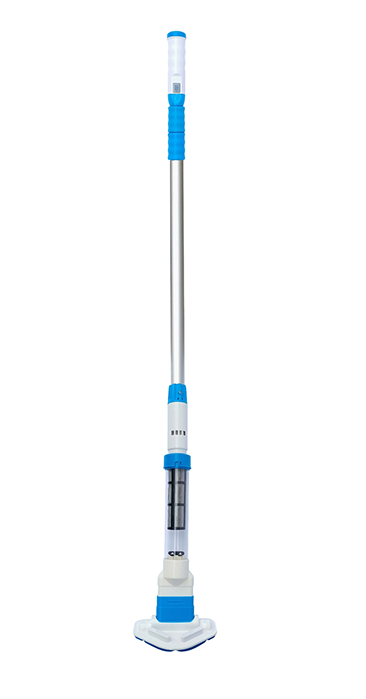
Did you know? Energy-efficient filtration systems not only save money but also contribute to a greener environment by reducing your carbon footprint.
By adopting these innovations, you can achieve The Future of Multi-Layer Filtration: Enhance Equipment Performance while also promoting sustainability. Efficient systems benefit both your bottom line and the planet.
Real-World Applications of Multi-Layer Filtration Innovations
Industrial Machinery
Multi-layer filtration systems play a vital role in industrial machinery. These systems protect equipment from contaminants like dust, oil, and debris. You can rely on them to ensure smooth operation in environments where heavy-duty machinery faces constant exposure to pollutants.
For example, hydraulic systems use multi-layer filters to remove impurities from fluids. This prevents clogging and reduces wear on critical components. Similarly, air filtration systems in factories maintain clean air for both equipment and workers.
Tip: Regularly inspecting and replacing filters in industrial machinery helps you avoid costly downtime and repairs.
Automotive and Aerospace
In automotive and aerospace industries, multi-layer filtration systems enhance performance and safety. You’ll find these filters in engines, fuel systems, and cabin air systems. They remove harmful particles that could damage sensitive components or compromise air quality.
For instance, in cars, multi-layer filters keep engines free from debris, ensuring efficient combustion. In airplanes, advanced filtration systems maintain clean air in cabins and protect jet engines from contaminants.
- Key Benefits for Automotive and Aerospace:
- Improved fuel efficiency.
- Enhanced passenger comfort.
- Reduced maintenance costs.
By adopting these systems, you ensure vehicles and aircraft operate reliably under demanding conditions.
Medical and Laboratory Equipment
Medical and laboratory equipment requires precision and cleanliness. Multi-layer filtration systems meet these demands by removing microscopic contaminants like bacteria, viruses, and chemical residues. You can depend on these filters to maintain sterile environments and ensure accurate results.
For example, filtration systems in dialysis machines purify blood, while laboratory filters keep air and water free from impurities. Advanced materials like nanofibers enhance filtration efficiency, making them ideal for critical applications.
Did you know? Using high-quality filters in medical equipment reduces the risk of contamination and improves patient outcomes.
By integrating multi-layer filtration systems, you support the reliability and effectiveness of medical and scientific tools.
Multi-layer filtration technology has redefined equipment performance. Innovations like nanotechnology, smart systems, and advanced materials improve durability, efficiency, and lifespan. These advancements benefit industries ranging from healthcare to aerospace.
Looking Ahead: Future research may unlock even smarter filters and eco-friendly materials. By adopting these technologies, you stay ahead in performance and sustainability.
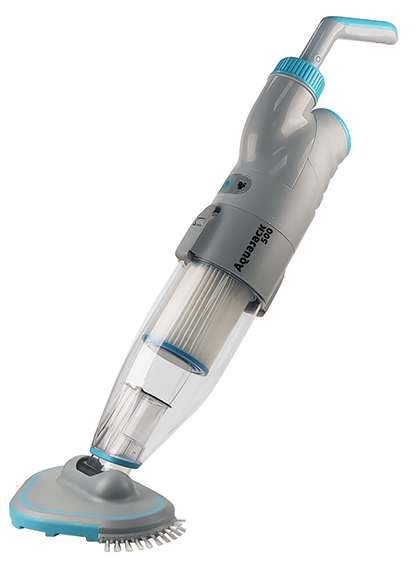
FAQ
What is the main advantage of multi-layer filtration systems?
Multi-layer filtration systems remove contaminants more effectively by targeting different particle sizes. This ensures cleaner equipment, better performance, and longer operational life.
How do smart filtration systems save energy?
Smart filtration systems adjust filtration levels based on real-time conditions. This reduces unnecessary energy use, lowers costs, and improves overall efficiency.
Tip: Regular maintenance of filters ensures optimal performance and maximizes energy savings.
Can multi-layer filtration systems be used in extreme environments?
Yes, advanced materials like ceramic composites and graphene make these systems suitable for harsh conditions. They resist high temperatures, pressure, and chemical exposure, ensuring reliable performance.

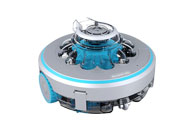 Robotic Pool Cleaner
Robotic Pool Cleaner 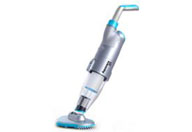 Portable Pool Vacuum Cleaner
Portable Pool Vacuum Cleaner  Automatic Pool Cleaner
Automatic Pool Cleaner 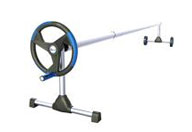 Pool Cover Reel
Pool Cover Reel 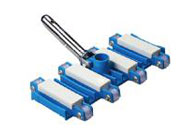 Pool Cleaning Accessories
Pool Cleaning Accessories 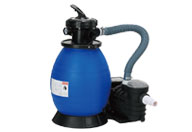 Pool Filter Pump
Pool Filter Pump 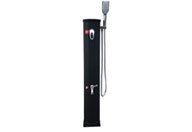 Pool Solar Shower
Pool Solar Shower 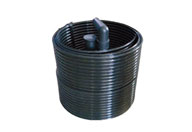 Pool Solar Collector
Pool Solar Collector 